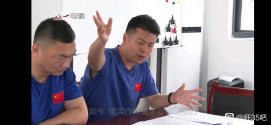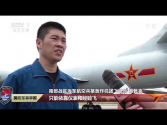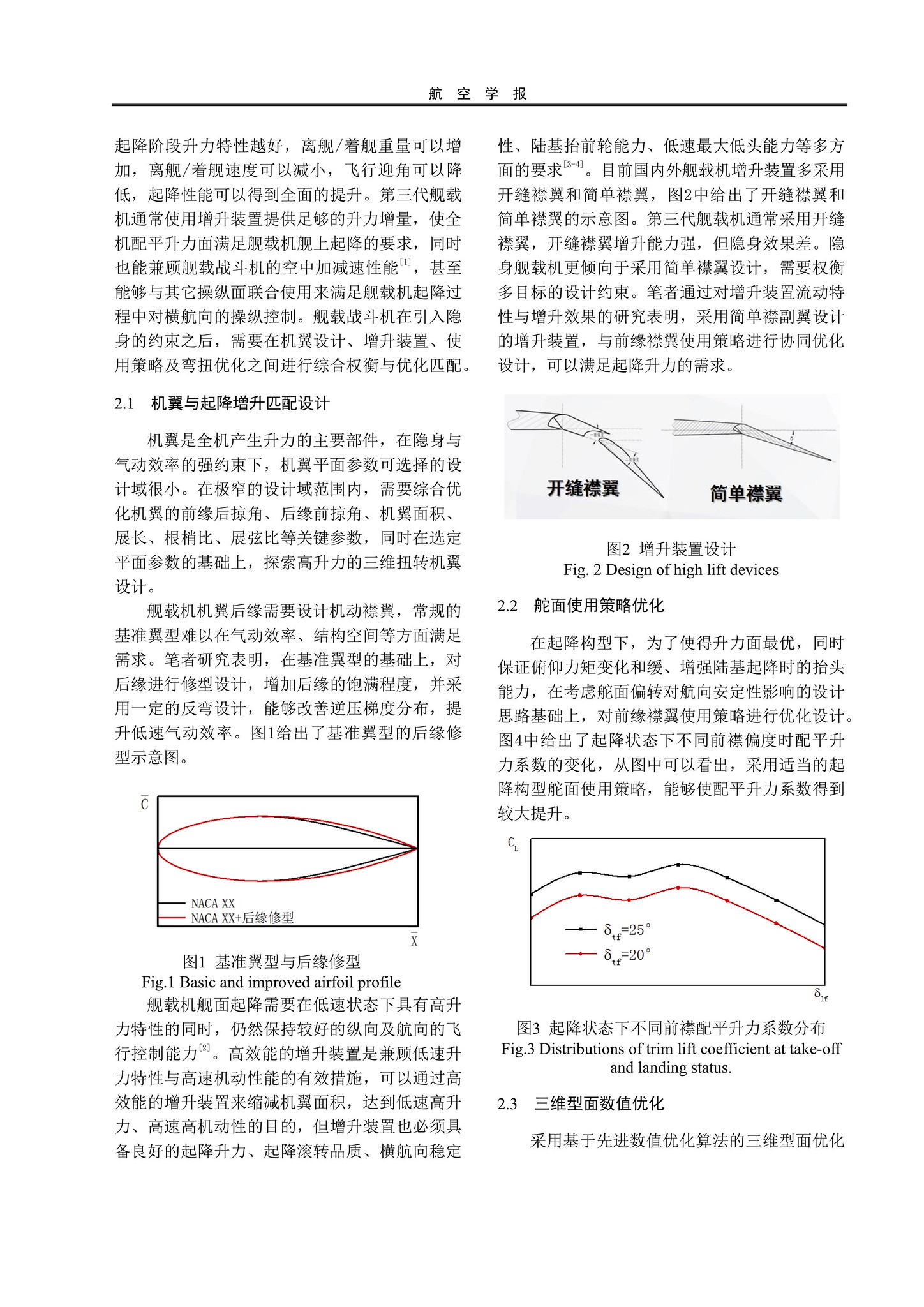A Brief Analysis on the Key Technologies of Aerodynamic Design of a Stealth Carrier-based Aircraft
Abstract: Several key technologies and engineering approaches in the aerodynamic design of a stealth carrier-based aircraft are introduced in this paper. Based on three requirments – enhanced lift at take-off and landing, refined drag reduction for supersonic flow, and the balanced design of load reduction – the concepts of extreme narrow-range aerodynamic design under multi-specialty constraints such as performance, stability, weight and stealth are laid out. Research shows that enhanced lift at take-off and landing can be achieved by flap design and optimization of three-dimensional bending of wings. The drag of the aircraft can be reduced by optimizing the cockpit shape and the compressible/expansion waves at the fuselage and the directions of the overflow suction. Moreover, the load reduction of the horizontal stabilizers can be achieved by the reverse bending design of the lower fuselage and the arresting hook hatch.









